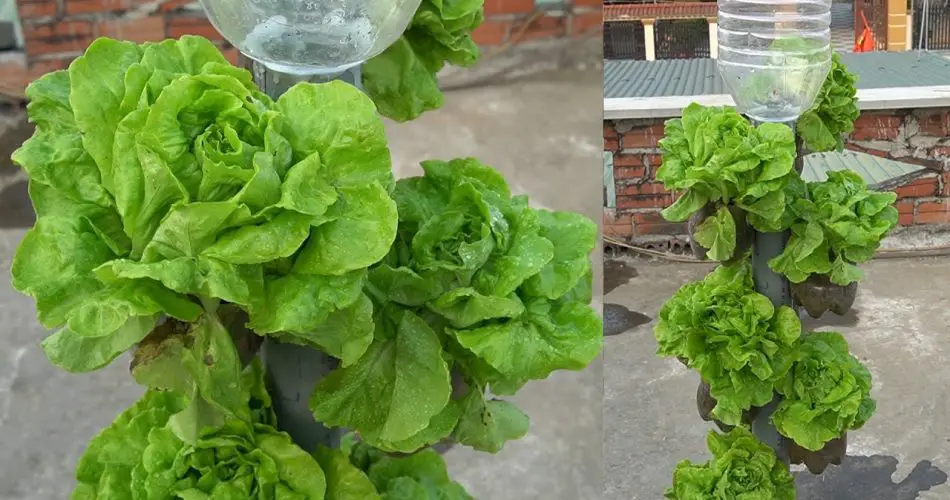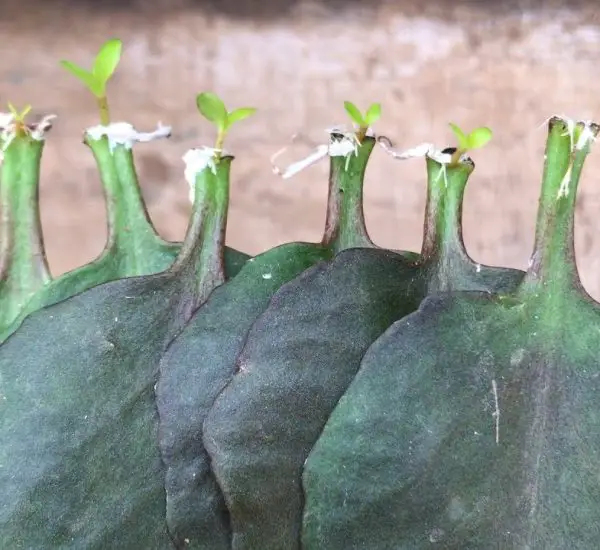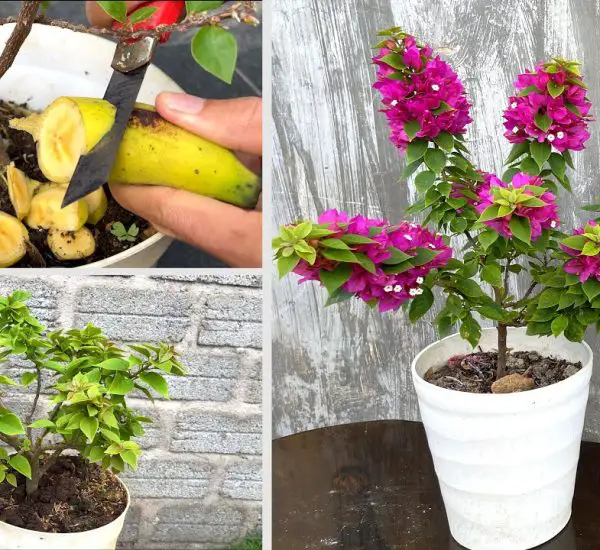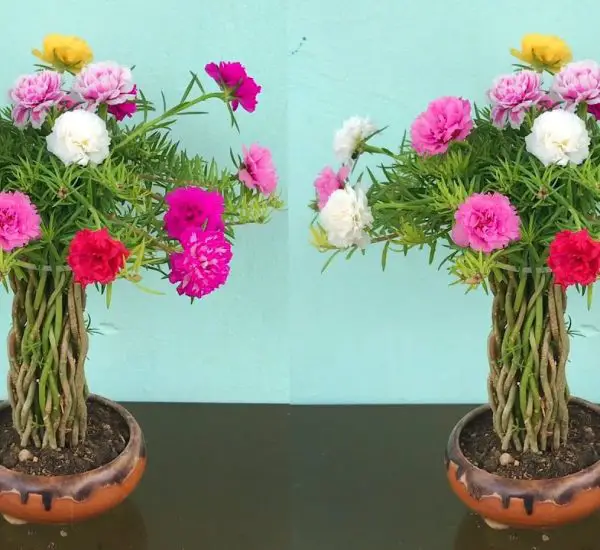If you’re looking for an efficient and space-saving way to grow fresh lettuce at home, then vertical gardening is the solution you’ve been waiting for! Vertical gardening allows you to maximize your growing space, even in small areas like balconies, patios, or urban environments. And with the addition of automatic watering, the process becomes even more effortless. This combination creates a low-maintenance, high-yield method for growing nutritious lettuce in no time. Here’s everything you need to know about growing lettuce with vertical gardening and automatic watering systems.
🌱 Why Choose Vertical Gardening for Lettuce?
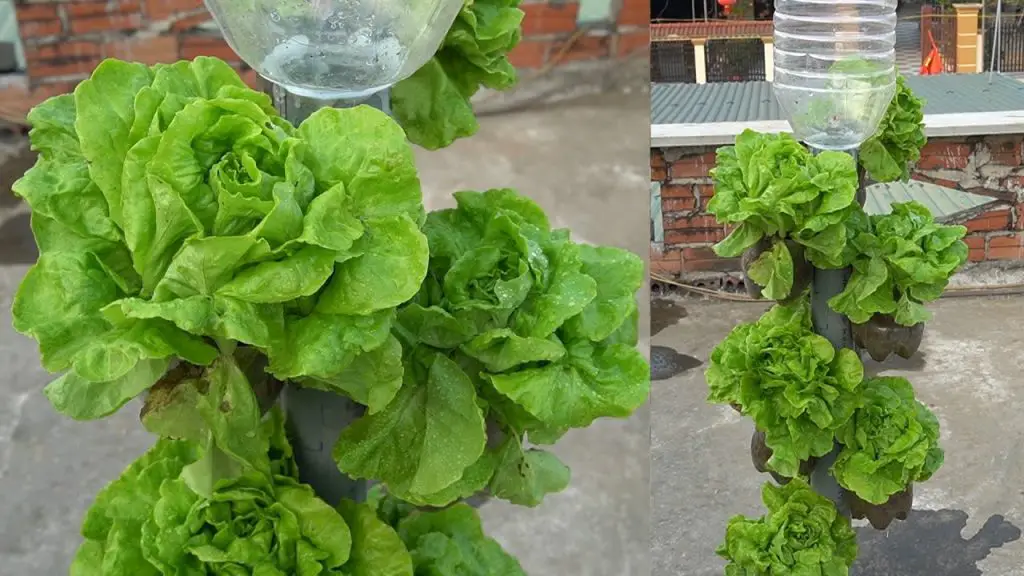
Vertical gardening is a fantastic choice for growing lettuce because it offers numerous benefits:
- Space-saving: Utilize vertical space, allowing you to grow more with less room.
- Better air circulation: Plants benefit from improved airflow, which helps reduce disease risks and promotes healthier growth.
- Less bending and back pain: Growing lettuce at a height reduces the strain on your body while tending to your garden.
- Increased yield: Vertical gardening allows you to grow a higher number of plants in a compact space, maximizing your harvest.
- Efficient use of water: With automatic watering, you can reduce water waste and ensure your plants receive consistent moisture.
🌿 Step-by-Step Guide to Growing Lettuce with Vertical Gardening and Automatic Watering
1. Choose the Right Vertical Gardening Setup
To start, you’ll need a vertical garden structure that suits your space and needs. There are many different options to choose from, such as:
- Vertical planters with pockets or tiers
- Vertical shelves or racks
- Hanging pots or stackable containers
When selecting your setup, ensure it is sturdy and has adequate space for the lettuce to grow. Choose containers with drainage holes to prevent waterlogging.
2. Select the Best Lettuce Varieties
Lettuce varieties that thrive in vertical gardens include:
- Leaf Lettuce (easy to grow and harvest)
- Butterhead Lettuce (soft and tender)
- Romaine Lettuce (crisp and nutritious)
- Arugula (spicy, fast-growing greens)
These varieties are perfect for growing in containers, as they don’t need deep soil. Choose the one that suits your taste and climate.
3. Prepare the Soil and Plant the Lettuce
Lettuce thrives in light, well-drained soil that’s rich in nutrients. Here’s how to prepare:
- Use a good-quality potting mix with organic matter.
- Fill the containers with soil, leaving some space at the top for watering.
- Plant lettuce seeds or young seedlings according to the instructions for each variety. Typically, plant them about 1 inch apart.
- Gently cover the seeds with soil and water them lightly.
4. Set Up the Automatic Watering System
The key to a successful vertical garden is a consistent watering system, and an automatic watering system makes it easier to keep your lettuce plants hydrated without overwatering. There are several options to consider:
- Drip irrigation: This system provides a slow and steady water supply directly to the plant roots. Install a drip line to each tier or pocket of your vertical garden.
- Self-watering planters: These containers have built-in reservoirs that allow the plants to absorb water as needed, reducing the frequency of manual watering.
- Wicking system: This method uses fabric or rope to draw water from a reservoir and into the soil, ensuring consistent moisture for your plants.
Whichever system you choose, ensure that it is properly set up to avoid waterlogging and promote efficient water distribution.
5. Ensure Proper Light and Temperature
Lettuce loves the sun but doesn’t do well in extreme heat. Ideally, your vertical garden should get around 6-8 hours of sunlight daily. In hotter climates, provide some shade during the afternoon hours to prevent the lettuce from bolting (flowering prematurely) due to heat stress.
- Place your vertical garden in a sunny location with adequate light, such as a balcony or patio.
- Temperature: Lettuce grows best in temperatures between 55°F to 75°F (13°C to 24°C).
6. Harvest and Enjoy
Lettuce is a fast-growing plant, and you’ll begin to see results in a few weeks. Harvest the leaves when they are young and tender for the best flavor and texture. You can either:
- Cut the outer leaves and let the center continue to grow, allowing for multiple harvests.
- Harvest the entire plant at once, especially if you’re growing loose-leaf varieties.
🌾 Tips for Successful Vertical Lettuce Gardening with Automatic Watering
1. Maintain Consistent Watering
Even with an automatic watering system, always check that the plants are receiving the right amount of water. Under-watering can stress the lettuce, while over-watering can lead to root rot. Ensure the system is set to deliver the right amount of water based on your climate and container setup.
2. Monitor for Pests
Although vertical gardens are less prone to pests, be sure to inspect your lettuce regularly for common garden pests like aphids, snails, or slugs. Use natural pest control methods like neem oil or insecticidal soap.
3. Rotate Crops
For continued success and healthy soil, rotate crops in your vertical garden. Lettuce is part of the leafy greens family, and rotating them with other plants can help maintain soil fertility.
4. Use Mulch
Add a thin layer of organic mulch on top of the soil to help retain moisture and suppress weeds.
🌟 Conclusion: A Bountiful Lettuce Harvest with Vertical Gardening
With vertical gardening and automatic watering, growing fresh and nutritious lettuce has never been easier! This method allows you to enjoy high yields in a small space, perfect for apartment dwellers, urban gardeners, or anyone looking to maximize their gardening potential. By following these tips and setting up your system properly, you’ll be able to harvest fresh lettuce all season long without the hassle of traditional gardening.
Happy gardening, and enjoy your healthy, homegrown lettuce! 🌱🥬
